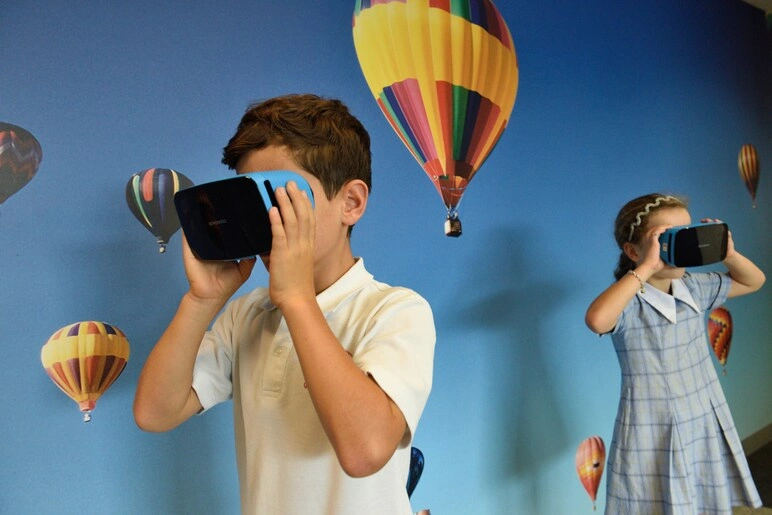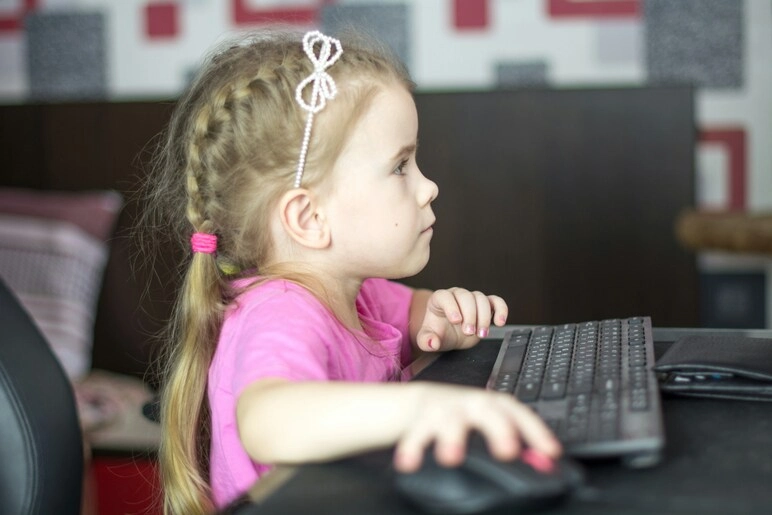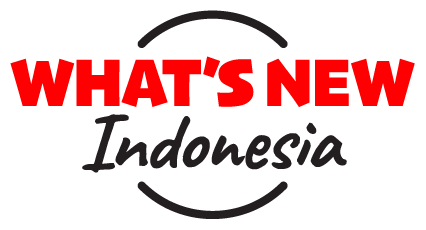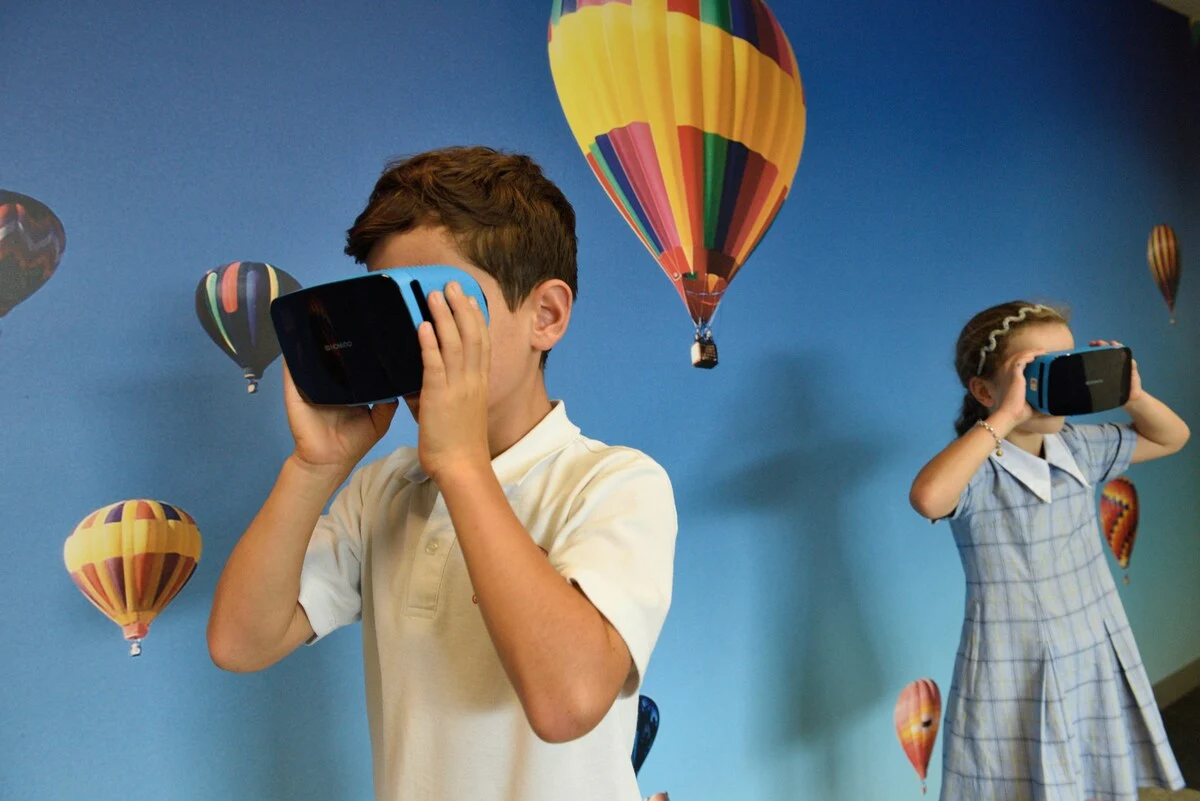
Today’s world of instant connectivity and constant movement entails education undergoing a profound transformation. No longer bound by geography or tradition, learning has become a truly global experience. But what exactly does that mean—and why should we pay attention?
Global education currently hinges on three powerful currents: cutting‑edge technology, the free flow of ideas and people, and deep international collaboration. Together, they redefine what it means to learn—and be prepared in—a globally networked era.
Education without borders
In the global classroom, success is about more than memorising facts—it’s about mastering fundamental skills, such as adaptability, critical thinking, creative problem-solving, cultural agility, and digital fluency. These 21st-century competencies guide students through complexity with clarity and confidence—transforming them into innovative and empathetic thinkers.
Imagine students pursuing internationally recognised degrees and engaging with peers across continents—all without leaving their homes. Education today is no longer local—it’s expansive, inclusive, and far-reaching.
Global curricula, such as IB and Cambridge, provide consistent benchmarks, levelling the educational playing field. Online platforms now link students from one city to another in real time, creating truly global classrooms. Exchange programs, foreign university branches, and shared credentials now let students earn recognised qualifications from anywhere. Multilingual classrooms and intercultural exchange cultivate empathy and global awareness. This is the reality of modern education.
There’s no question that technology has fueled educational globalisation. Certain platforms, such as edX, Coursera, and VR classrooms, grant access previously unimaginable—and connect students no matter where they live.
Yet the digital revolution comes with a caveat: the persistent digital divide. In Indonesia and around the world, many students lack reliable internet, modern devices, or digital literacy—placing them at risk of being left behind in the global learning landscape.
The teacher’s new role
In this globally charged environment, teachers must move beyond lecturing. Today’s educators are navigators who help students sift through vast information; cultural facilitators who ensure inclusive, empathetic classrooms; and lifelong learners themselves, embracing global pedagogical trends. They no longer simply convey content—they guide learners, building character and curiosity with nuance and grace. They take the role of inspirers in a new context.
The trade-offs of globalisation

Seizing the upside of innovation and global citizenship is evident. Several meaningful progresses include:
- Cultivating global citizens: Students gain awareness of global issues like climate change and public health, preparing them to engage responsibly in the world.
- Enhancing employability: Globally recognised credentials and skills make graduates more competitive in international careers.
- Raising standards through competition and cooperation: International benchmarks and partnerships elevate local education.
However, with opportunity comes complication. Global education presents real challenges that are essential to navigate for an education that is both global and grounded:
- Education as commerce: Profit motives from private platforms and international providers risk prioritising profitability over equitable learning.
- Cultural erosion: Standardised Western frameworks may overshadow or weaken local knowledge, values, and identity.
- Digital inequality: Not all students have access to high-speed Wi-Fi or modern devices.
Education with purpose
Looking ahead, it becomes more critical than ever to align purpose with possibility. The true aim of education isn’t just to impart information—it’s to shape thoughtful, adaptive, and ethically grounded human beings. Education prepares students not just for exams, but for life—and empowers them to meet the future with curiosity, creativity, and character.
The most sustainable path is glocalisation; combining global best practices with local relevance. Allow global concepts to be made meaningful through local examples. Use local technological solutions and open-source tools to power global access. Most of all, it is paramount to preserve cultural identity, even in a globally informed curriculum. Therefore, the world is brought into the classroom—and the classroom into the heart of each community.
As a collective, we must therefore cultivate learners who know how to learn, not just what to know; individuals who tackle uncertainty with resilience; and citizens who act with empathy, integrity, and purpose. When global connectivity meets local wisdom, education becomes not just about knowledge—but about creating a more just, engaged, and informed world.




 Mirella Pandjaitan
Mirella Pandjaitan
 Aug 05, 2025
Aug 05, 2025